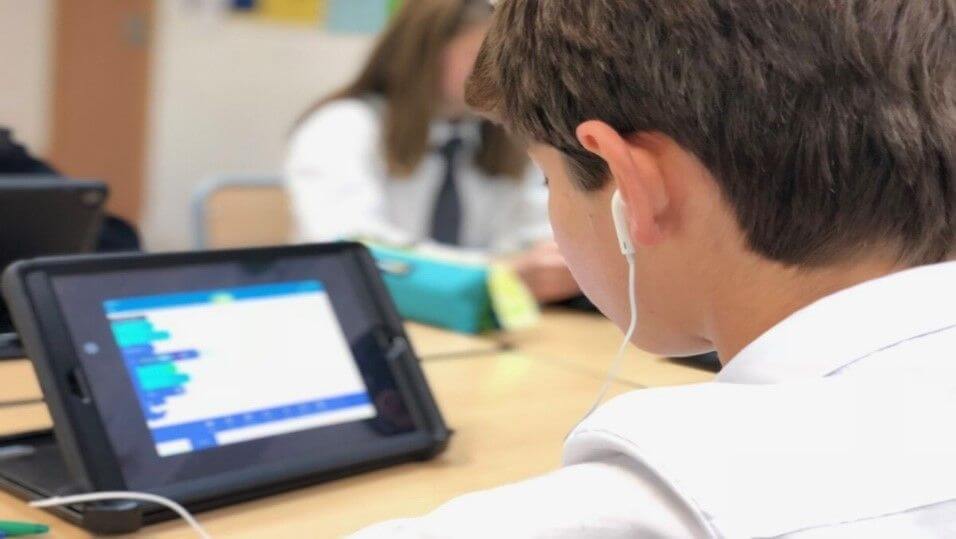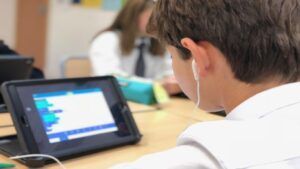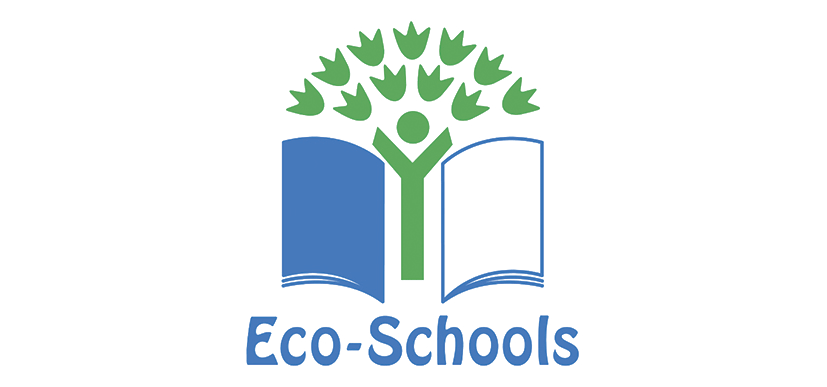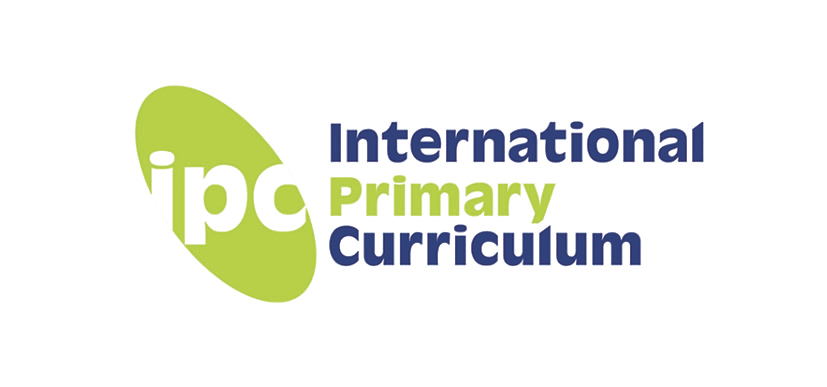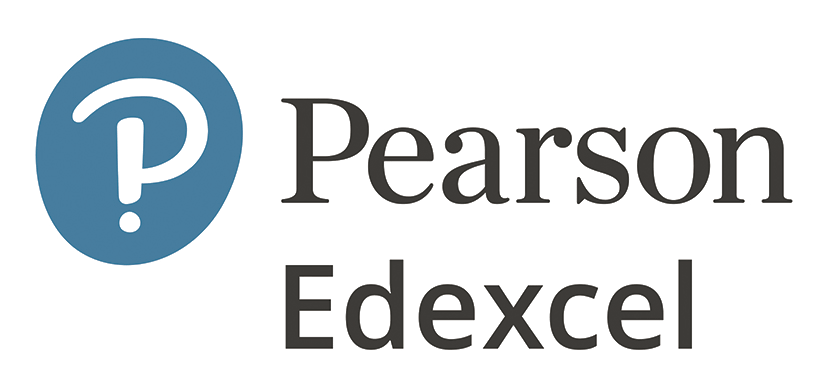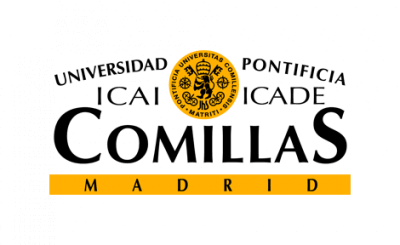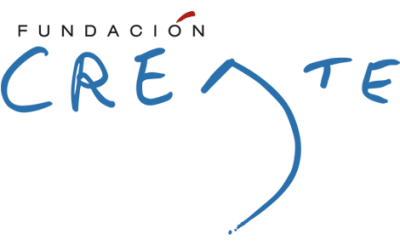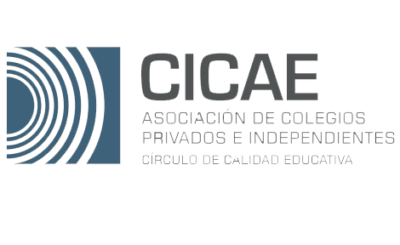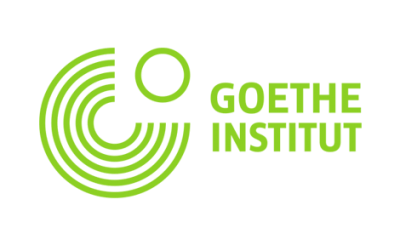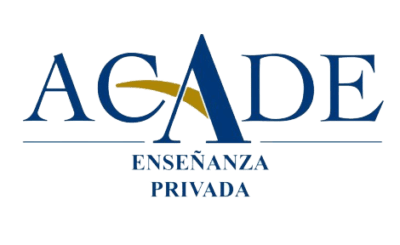Are your children safe on the internet?
New technologies -although they are no longer “new”- are here to stay. And the appearance of Facebook, back in 2004, was a turning point that marked forever what the 21st century would be, and our way of living, socializing and understanding the world. But… is it all as beautiful as it seems? Is the Internet a product that we use or is it the one that uses us as a product? And the most important, is it safe for our children to use the Internet and all its platforms? Could it affect their development?
The exponential increase in the use of technology that occurs every day has been a fact for a long time, but the Covid-19 situation has precipitated this increase to historic numbers.
To give you an idea, in 2020 an average of 800,000 hours of Netflix per minute were consumed on average. Moreover, this increase is reflected especially on social networks, with impressive numbers such as the fact that every 60 seconds, 375 thousand stories are posted on Instagram. Platforms that have been great allies during the confinement, and that have nourished our lives with updated content at all times, have been updated content at all times, they have been a window to the world when it had been locked out.
And how does this work? We make constant use of these tools, we create and consume content. All the information about what we use, what we consume and how we use it, it is sent to large servers that analyze, study, store and process that information with a clear objective: to create a personalized response for each user, in order to keep them consuming, as if it were an endless spiral. However, this eagerness to keep each user connected to the network constantly and for free means that we are the product. It is no wonder that four of the world’s top five most of the five highest-valued companies in the world are technology companies, just those that store such user data.
In addition to spending more and more time on the Internet, there has also been an increase in the consumption of the Internet at younger ages. In fact, children are now starting to become autonomous browsers from the age of 8. This means that this window to the world, that we talked about earlier, is wide open for anyone who connects to the Internet. To put it another way, the Internet and the technology companies begin to profile all these children from practically the beginning of their lives: tastes, hobbies, locations…, which allows them to have a complete profile even of their emotional pulse at any given moment. From
this way, it will be possible to influence opinions, sell products or even classify people to predict what they will want or need.
And from an educational point of view… how can the use of technology, especially the Internet, influence the learning of all these children?
The excessive and uncontrolled use of new technologies and the Internet from an early age, is directly affecting learning, mainly through the elimination of effort. Effort is fundamental for the consolidation of learning, which is what we would understand as resilience, the ability to grow in the face of adversity.
For the most part, the games, apps and social networks that exist on the Internet -which are the elements used by children- are easy and have intuitive content. This causes the brain to produce dopamine -pleasurable stimulus linked to success, triumph and illusion- which generates a connection with everything that causes such stimulus. And that is when addiction occurs. And, precisely because they are simple, easy and intuitive tools, neither effort nor resilience are in the equation, so not only do these tools not help learning, but also they can change the emotional, social or behavioral development of children who use them from an early age.
We all go through different stages: Infancy, childhood and adolescence among others. All of them are phases of development, the person is being formed. Therefore, the INPUTS they receive in each of these stages will define how that person will be in his or her adult life, what knowledge he or she will have, and the necessary tools he or she will have.
For example, from 0 to 10 years they are developing resilience and personality, so the later they start their digital life, the better, because it affects them in many different ways, and each child in a different way.
During adolescence, digital life has a special and crucial weight. Social life at this stage becomes practically the center of the adolescent’s being, who at the same time is gradually forming their own identity… In the 21st century, a large part of this social life takes place in social networks, where each user shares the reality he or she wants to show, which is often unreal or incomplete. This intrinsically affects the perception of reality and generates a comparison that, in such decisive ages, can have very serious consequences.
In fact, in 2017, the University of Cambridge and the Society for Mental Health in Britain, made a study concerned about the alarming growth of mental illness in young people and adolescents.They analyzed the effect of social networking in the short and long term, and have documented a 70% increase in child and adolescent problems such as anxiety, sleep deprivation and depression.
However, today the use of these tools is unavoidable, banning them is complicated and, if not done well, could even be harmful. And despite the dangers, these tools can also be great allies for the development of children, if they are used well and correctly.
A mirror of what is happening on the Internet are the new dangers that we find on the net and that are generating serious problems in the most vulnerable population, children. Some of these dangers are social violence, cyberbullying, pornography, sexting or grooming.
And what do we do in the face of this new situation? The key lies in these three pillars: training, education and protection.
It is important to be up to date and to be well trained, there are many platforms and websites that can help us with information and tools that promote the good use of technologies and the network.
We must educate children in the proper use of these tools, talking to them about content and security. It is essential to raise awareness and let them know that the Internet does not forget, no matter how much content is deleted. Everything is recorded. They should learn that there are consequences on the Internet, just like in real life. Another important aspect that should be agreed with them is the time of use, both with devices and applications.
Finally, it is necessary to learn how to protect our children, the use of parental restrictions or Internet filtering systems help to put limitations to what reaches their devices, not out of a desire to control, but to educate.
Of course, the good example at home, conversations about these issues and activities that encourage real life such as sports, hobbies and friendships, will always be the best allies in maintaining a good balance between the use of technology and real life experiences.
ISP Schools is a network formed by 11 private schools in Spain, specialists in British and international education. We are part of the International Schools Partnership, one of the largest groups of private schools in the world, with 50 schools and 45,000 students in 15 countries. We educate bilingual students, helping them to reach their full academic potential, empowering them to get an international mentality through innovative learning.
Following this premise, our educational experts have prepared this content as part of the “ISP EDUCATION TALKS” initiative, a useful resource to get information and advice on key educational topics for our children’s education.
MIGUEL ASENSIO – Director of Innovation

